Over the past three years, the CWF turtle team has documented more than 1,400 dead turtles on roads in eastern Ontario.
That is a staggering amount of roadkill, which is likely not sustainable. A majority of the dead turtles we found were Painted Turtles, but we also found many Snapping Turtles and Blanding’s Turtles. Given that all freshwater turtles in Canada are species at risk, roadkill is a serious threat to our turtles.

Why Map Roadkills?
The purpose of documenting roadkill is not just to learn how many turtles are being killed on roads, but to also identify key areas where many turtles are killed. Once we identify these hotspots, we can then work to try and prevent roadkill at these locations.
We focused on identifying hotspots for the Blanding’s Turtle because it is a nationally endangered species, with road mortality being a key threat. The two worst hotspots for Blanding’s Turtles we found were along a provincial road near Ottawa. In 2017 alone, one of the hotspots had eight dead Blanding’s Turtles and the other had four.
We found only 69 Blanding’s Turtles on all roads in 2017, which means these two hotspots, each only a few hundred metres in length, accounted for over 15 per cent of all the Blanding’s Turtles found that year. We also found other kinds of turtles, resulting in a total of 27 turtles at these two hotspots in 2017 alone. And we likely did not find all the turtles killed on the road as we only surveyed the road about once a week.
Solution? Turtle Fences
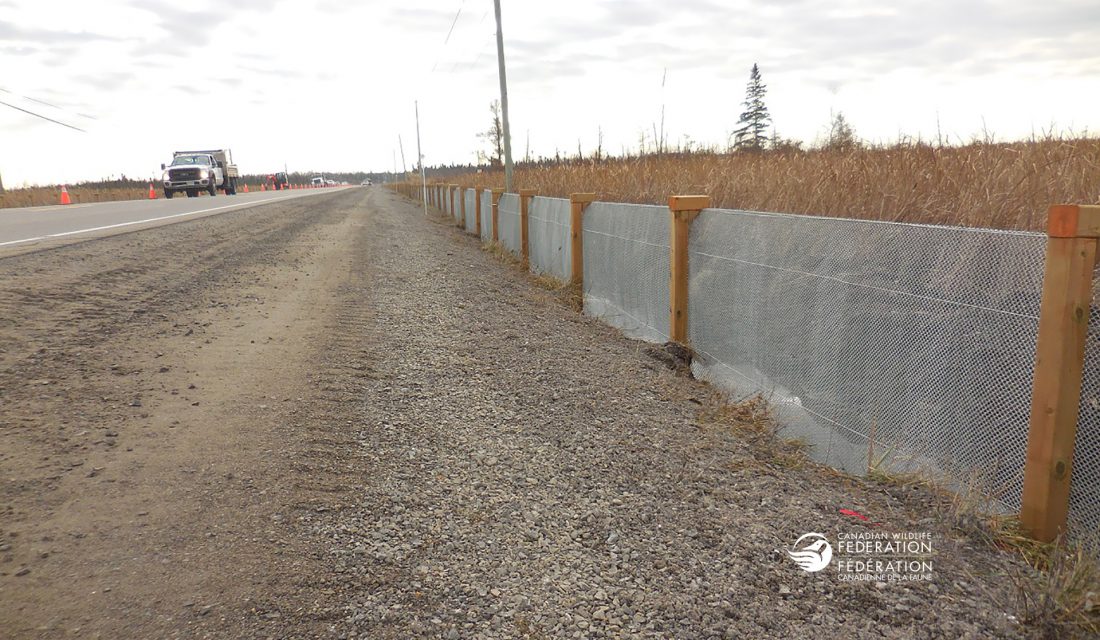
We worked with the provincial government on this issue and are thrilled to announce that wildlife fencing has now been installed at these two hotspots.
Here are some common questions and answers about wildlife fencing:
1. How does wildlife fencing work?
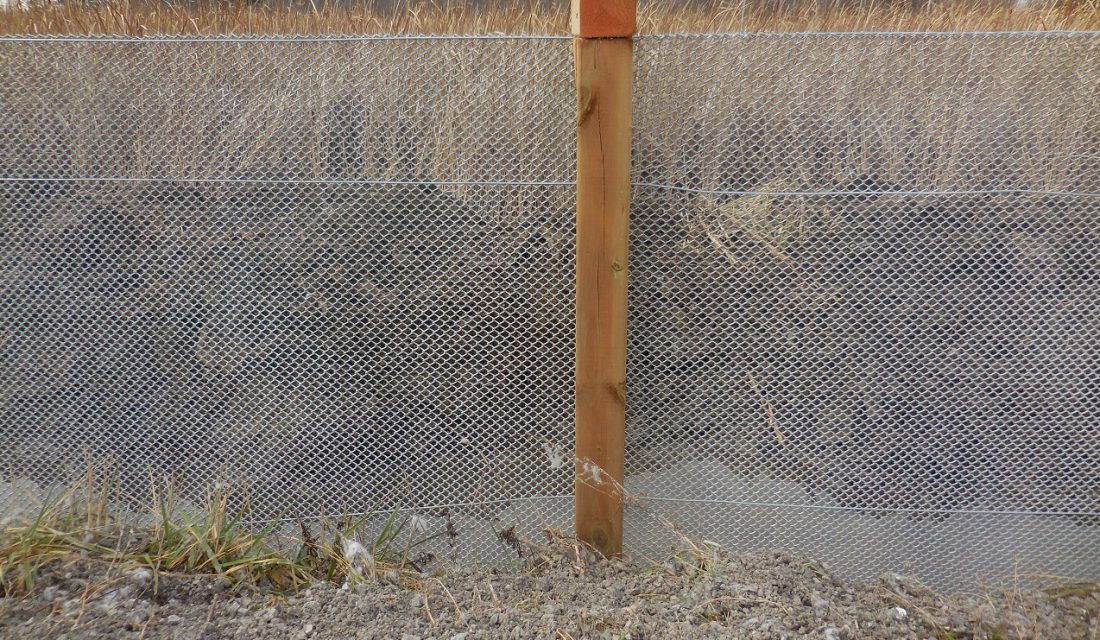
The fence is installed on both sides of the road to keep turtles (and other wildlife) from gaining access to the road. The bottom of the fence is buried in the ground to keep animals from crawling under the fence. We were lucky that both hotspots occurred along stretches of road without any driveways. The presence of a driveway would make it impossible to install a continuous fence along the side of the road. And if there is a gap in the fence, animals will likely just go onto the road and get hit by a car.
2. The fence keeps wildlife off the road, but doesn’t it also prevent wildlife from moving to where they want to go?
Yes, fencing probably does restrict movement, but we were also lucky that both hotspots had drainage culverts under the road. These culverts are corrugated steel pipes about one metre in diameter. It has been well documented that many species, including turtles, will move through culverts to get to the other side of the road. So the fencing will keep the turtles off the road and the culvert will allow at least some turtles to move under the road to get to the other side.
3. If wildlife will move through a culvert why bother installing a fence?
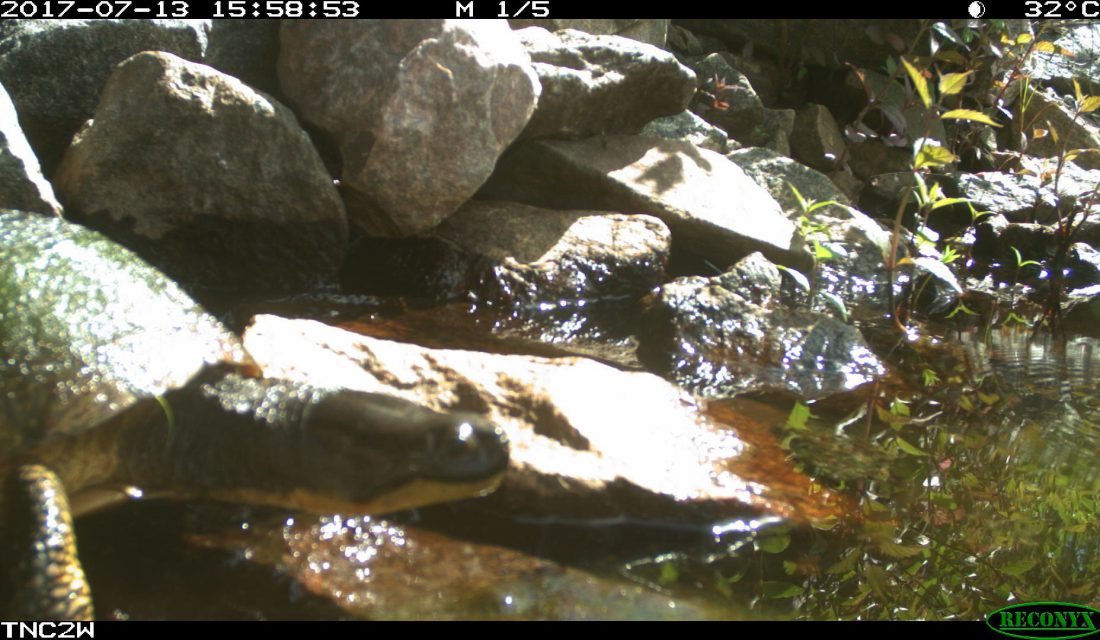
Given a choice, turtles will try to cross the road rather than entering a dark tunnel. By installing a fence along the road, turtles have no choice. If they want to move across the road, they have to cross through the culvert. Some turtles may refuse to do so, but research indicates that many will cross through. So it may be more difficult to get to the other side of the road, but it is possible and much safer.
4. What keeps turtles from just going around the end of the fence?
Fence ends are the most challenging part of any wildlife fencing project. The fence has to be longer than the length of the actual hotspot to reduce the risk of turtles doing an end run.
Ideally, the fence ends can tie into some feature like a rock outcrop that acts as a natural barrier to movement. That is often not possible, so the other option is to curve the fence back towards itself. In theory this guides turtles away from the road.
If the fence is long enough then it may eliminate all roadkill. Other times the fence may dramatically reduce roadkill, but not completely eliminate it. Either way, it represents a success story.
Next Step? Monitoring
We plan to monitor the effectiveness of the fencing at these two hotspots in 2020 to make sure the fences are working. Given that fencing will last for decades, the fences at these two hotspots will save the lives of hundreds of turtles, and hundreds of other wildlife, over the coming years.
This is a major success story for turtle conservation, but there are many kilometres of roads that still pose a threat, so we will continue to work for more wildlife fencing at key hotspots. There is no reason we can’t have roads that are safe for people and wildlife.

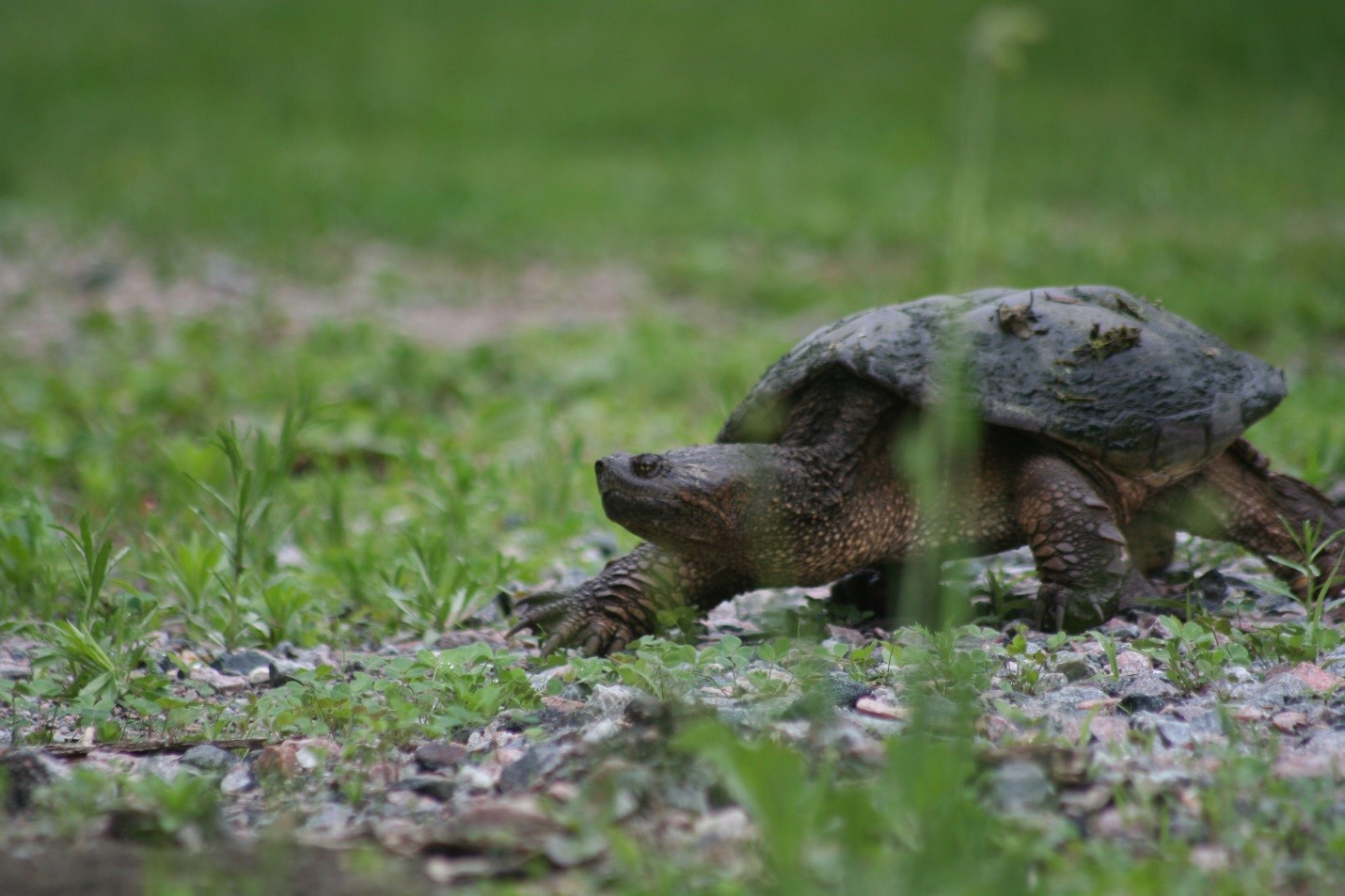
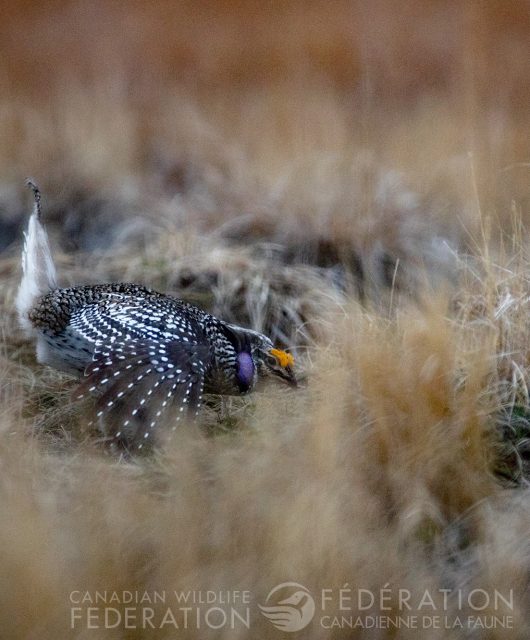


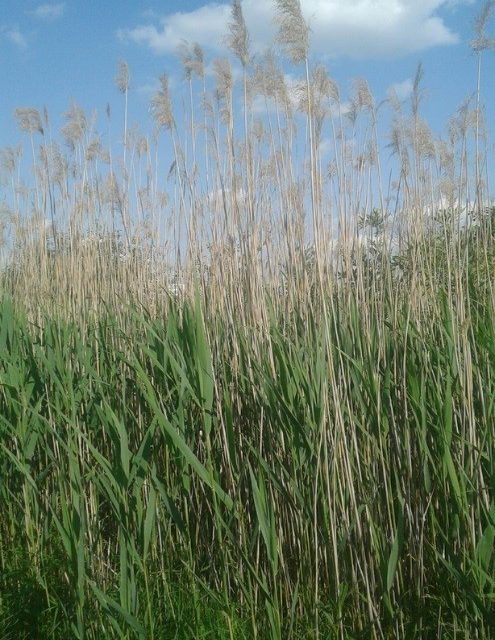
7 comments
Cant we also have nature clubs monitor nest sites by placing a nest protector over the nest.
We need many volunteers to take this on. Just one roadside snapper nest saved is statistically strategic!
Thanks for your comment, Susan!
As always, things are more complicated than we would like. Most municipalities do not allow roadside nest cages over turtle nests. That’s one of the main reasons for us collecting and incubating roadside nests. So people can observe and report the location of roadside nests, but not install cages.
Certainly, caging can be done on sites that aren’t along roadsides, but then it is often private land and so you need landowner permission, or it is in a park and need permission from the park. In addition, nest cage vandalism can be an issue in public areas (but we have been lucky with the cages we have installed).
Hope this helps.
How can we encourage our own townships and municipalities to put in these same fences?
Great question! Wildlife fencing is expensive and requires evidence of a real need. It can be useful to document a number of turtles or other species at risk wildlife being killed along the road in question. A good way to do this is to use iNaturalist so that a photo and the exact location can be recorded. If you can document a high number of turtles being hit by cars you can prepare a short report for your city councillor with the map from iNaturalist showing the location of all the turtles. It may then require a petition from concerned citizens for the city to act. Feel free to reach out to us if you have more questions. Good luck!
Hi! I have a question about fence end lengths. I’m working on calculating fence lengths for turtles and amphibians (I’ve calculated hotspots). I’m looking for information akin to freshwater turtle home ranges (how long would a turtle travel along the fence before turning away from the road – avoiding the fence end effect).
If you could direct me on where to look, it would be most appreciated! Thank you
Hello! You’re right, determining the correct fence length is not trivial. Sometimes there will be a natural place to stop the fence, like a rock outcrop. In addition, most wildlife fencing will have a turn back at the end of the fence to reduce the likelihood of turtles or other wildlife going around the fence.
A good but technical guide to determining fence lengths can be found here: https://files.ontario.ca/bmp_herp_2016_final_final_resized.pdf
Thank you so much!